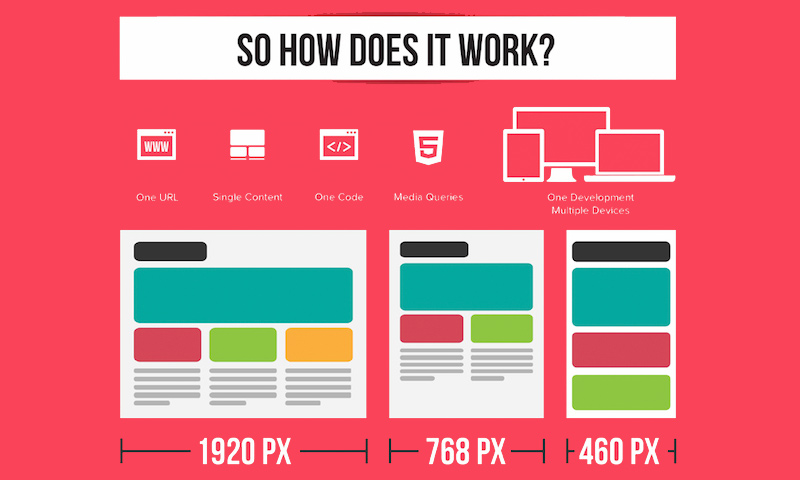The Development Of Web Site Layout: From Earlier Times To Now
The Development Of Web Site Layout: From Earlier Times To Now
Blog Article
Writer-Hartley Trolle
In the past, internet sites were easy and focused on information. Navigation was straight, and design was for desktop computers. Now, individual experience is crucial. Information guides styles for simple navigation. Receptive layouts fit different devices. Today, dark setting minimizes stress, and minimal food selections enhance navigation. Interactive features involve users, and strong visuals stand apart. AI assimilation increases engagement. See how layout has developed to improve your online journey.
Early Days of Web Design
In the very early days of web design, simplicity preponderated. Internet sites were standard, with minimal shades, font styles, and designs. The emphasis was on providing info instead of fancy visuals. Customers accessed the net through sluggish dial-up connections, so rate and functionality were essential.
Navigation food selections were straightforward, generally situated on top or side of the page. Internet sites were made for desktop, as mobile browsing wasn't yet prevalent. Web content was king, and developers prioritized easy readability over complex design aspects.
HTML was the key coding language made use of, and developers needed to work within its constraints. Animations and interactive functions were very little compared to today's criteria. Web sites were fixed, with little vibrant material or customized customer experiences.
Rise of User-Focused Layout
With the evolution of web site style, a shift in the direction of user-focused design concepts has ended up being progressively famous. Today, producing web sites that focus on customer experience is crucial for involving site visitors and achieving organization goals. User-focused style entails comprehending the demands, choices, and habits of your target market to customize the site's design, content, and features as necessary.
Developers now carry out detailed research study, such as user studies and functionality screening, to collect insights and responses straight from users. This data-driven method helps in producing intuitive navigating, clear calls-to-action, and aesthetically attractive user interfaces that reverberate with visitors. By positioning the individual at the facility of the layout process, internet sites can provide a much more individualized and satisfying experience.
Receptive layout has actually additionally emerged as a key element of user-focused design, making sure that sites are optimized for various devices and screen dimensions. This versatility enhances access and usability, catering to the varied ways users interact with internet sites today. Basically, the surge of user-focused style symbolizes a shift towards developing electronic experiences that focus on the demands and expectations of the end individual.
Modern Trends in Web Design
Check out the current patterns forming website design today. One famous trend is dark setting style, supplying a streamlined and modern-day look while minimizing eye strain in low-light atmospheres. One more key fad is minimal navigating, streamlining food selections and boosting customer experience by focusing on essential elements. Incorporating micro-interactions, such as computer animated buttons or scrolling effects, can develop an extra engaging and interactive website. Responsive style remains crucial, guaranteeing seamless user experiences throughout different devices. Furthermore, utilizing bold typography and unbalanced designs can add visual passion and accentuate particular content.
Integrating https://www.fool.com/the-ascent/small-business/crm/articles/b2b-marketing-strategies/ , like chatbots for customer assistance or personalized referrals, boosts individual engagement and improves processes. Access has also end up being a substantial pattern, with designers focusing on inclusive style techniques to accommodate diverse individual requirements. Embracing sustainability by optimizing web site efficiency for speed and efficiency is another arising fad in website design. Teaming up with individual comments and information analytics to repeat and improve design constantly is vital for remaining relevant in the ever-evolving electronic landscape. By accepting these modern patterns, you can develop an aesthetically attractive, easy to use website that resonates with your target market.
Final thought
As you reflect on the evolution of website layout from the early days to currently, you can see exactly how user-focused style has actually become the driving force behind modern trends.
Accept the trip of adjustment and adaptation in website design, always maintaining the customer experience at the leading edge.
Stay existing with the most up to date patterns and innovations, and never quit advancing your strategy to develop visually spectacular and straightforward websites.
Progress, adapt, and develop - the future of website design remains in your hands.
